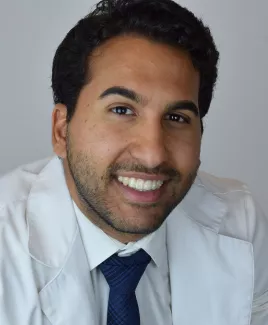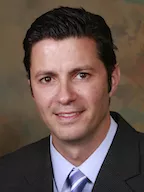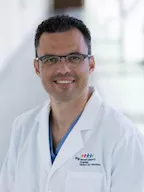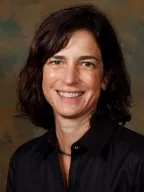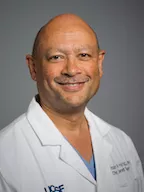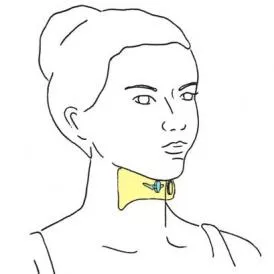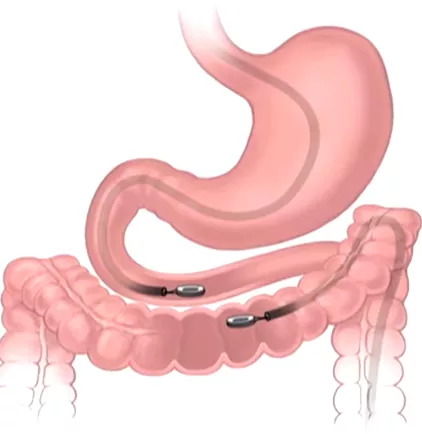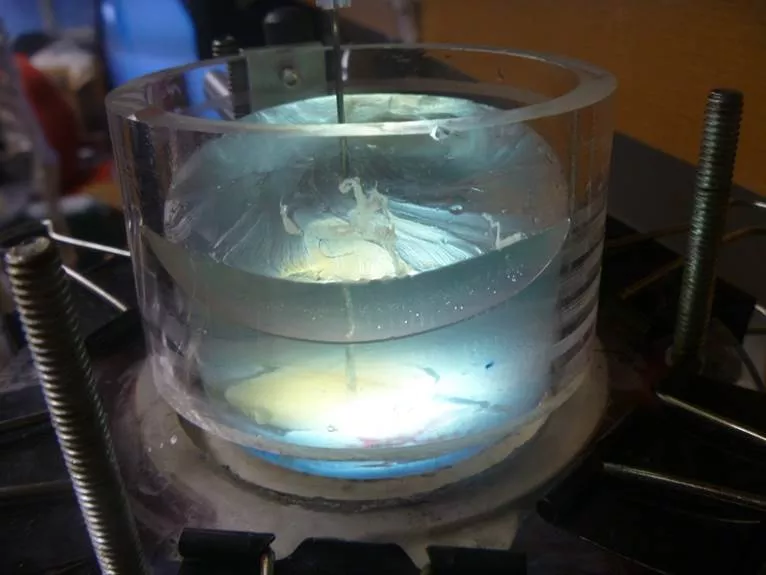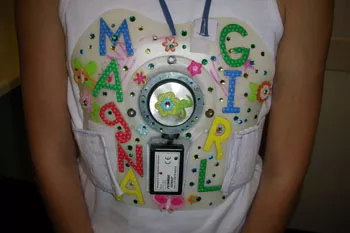Project Portfolio
Surgical Innovations' Accelerator program awards seed funding for commercially viable medical device ideas from UCSF innovators from any department through a bi-annual RFP process. Read about the projects supported in our first three cycles below.
If you have an idea that you would like to run by our team, please complete our project consultation form.

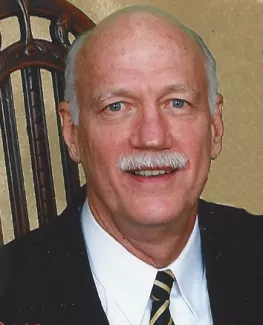
Epidural Blockade Measure
Principal Investigator: Matthew Haight, DO & Merlin Larson, MD
Department: Anesthesia
Team members: Sharvari Deshpande, MS, Jeffrey Feng, BS
Epidural anesthesia is widely used to treat acute postoperative and obstetrical pain but there is no reliable method to manage the degree of pain blockade that these catheters provide.


Augmented Surgical Vision
Principal Investigators: Alexis Dang, MD & Alan Dang, MD
Department: Orthopaedic Surgery
Team members: Hash Pakbaz, PhD, Scott Semans, Sukhveer Sandhu, MS
Lighting plays a critical role in tissue visualization, surgical safety, and surgical speed. Our aims are to determine the optimal spectral lighting characteristics for highlighting various tissue types and building a surgical LED array that provides optimal surgical lighting for specific procedures. Read more

